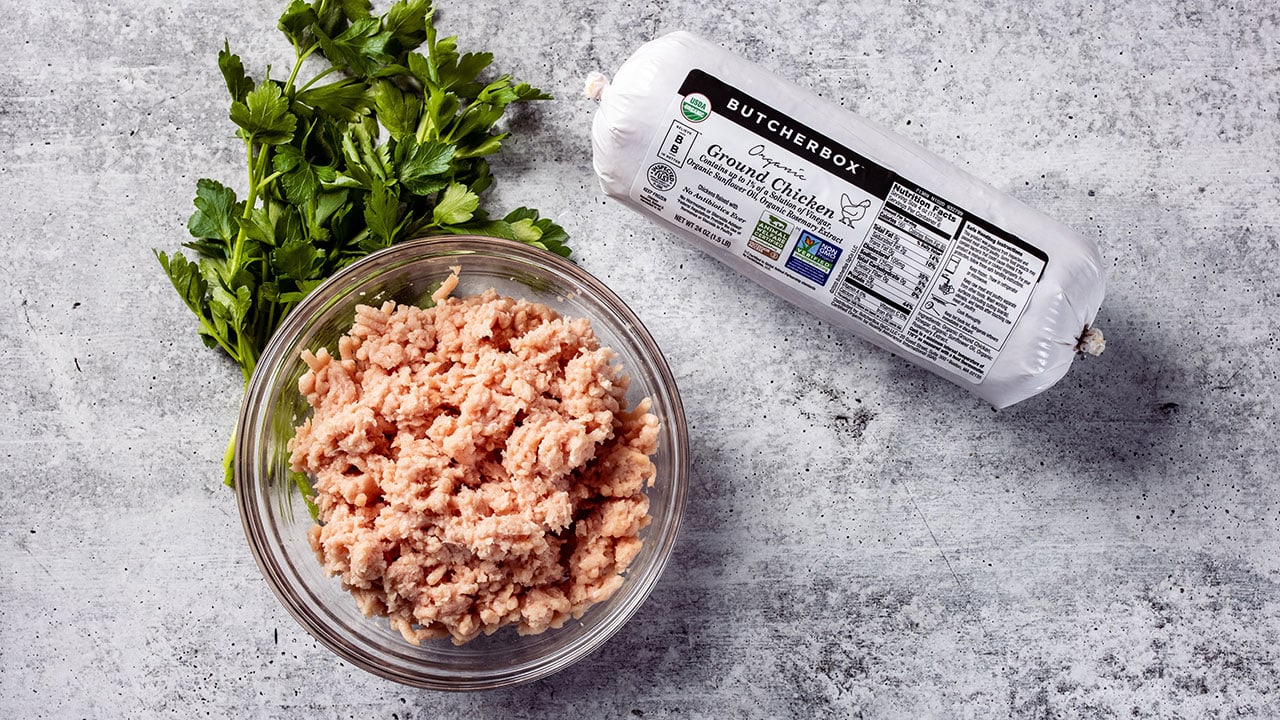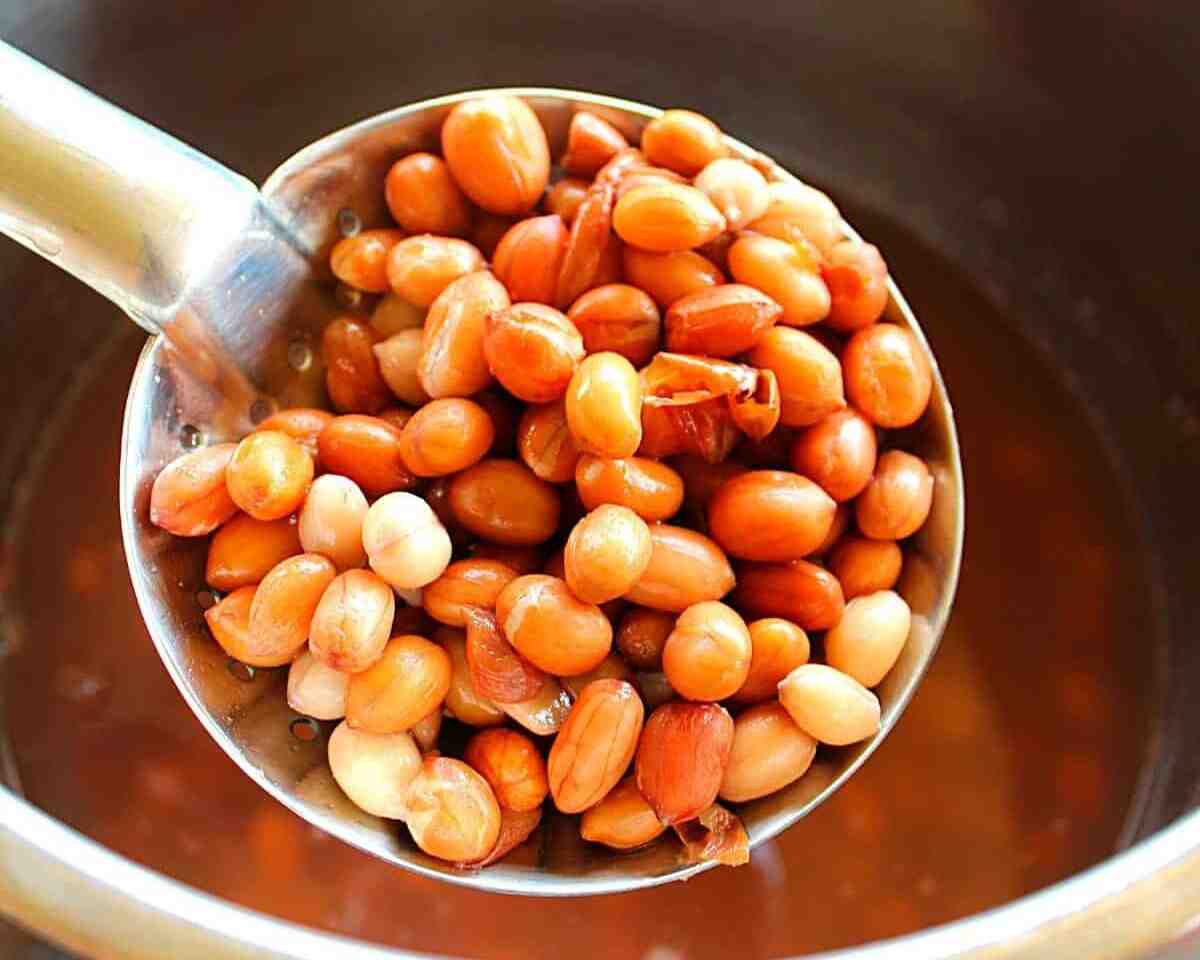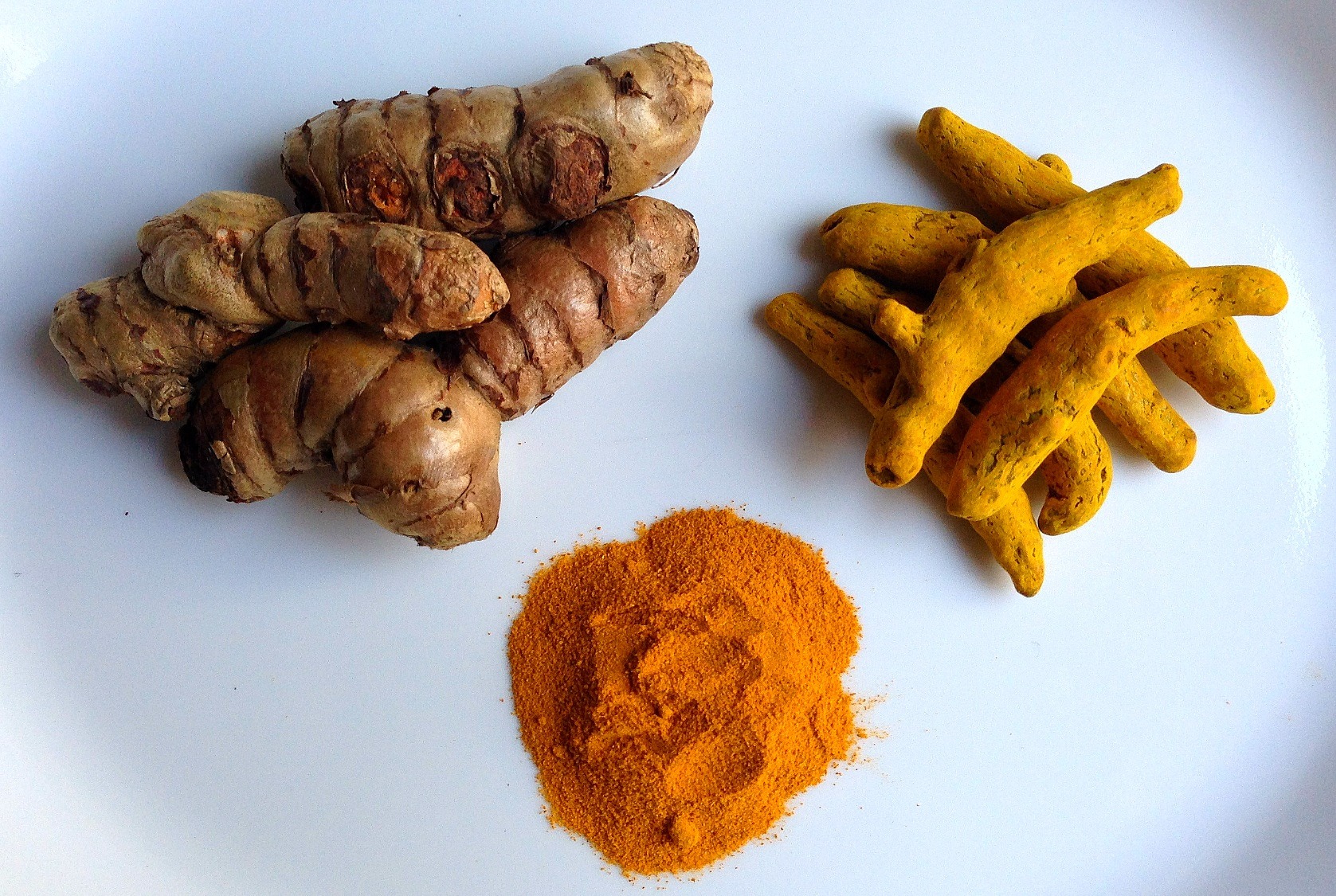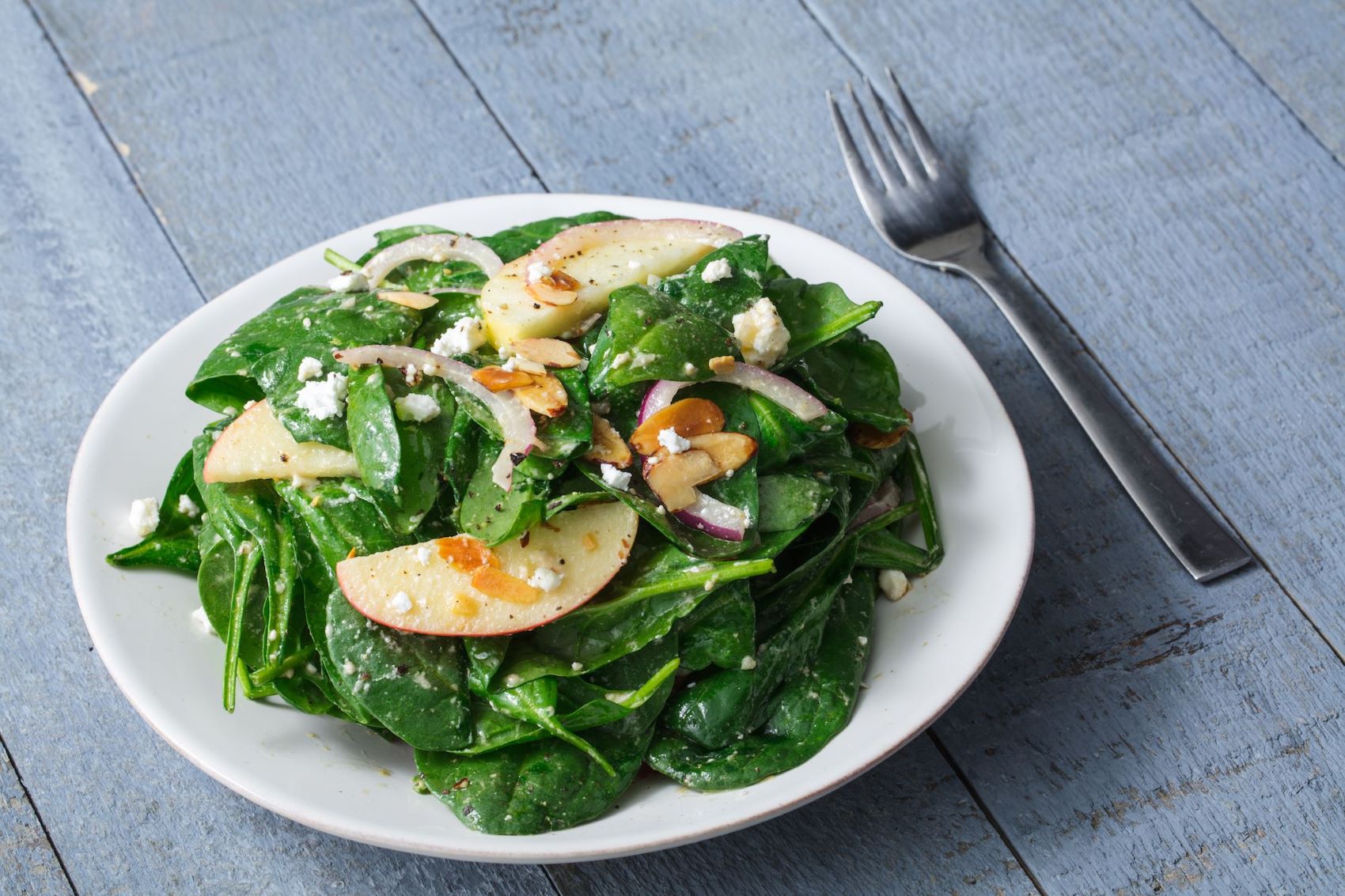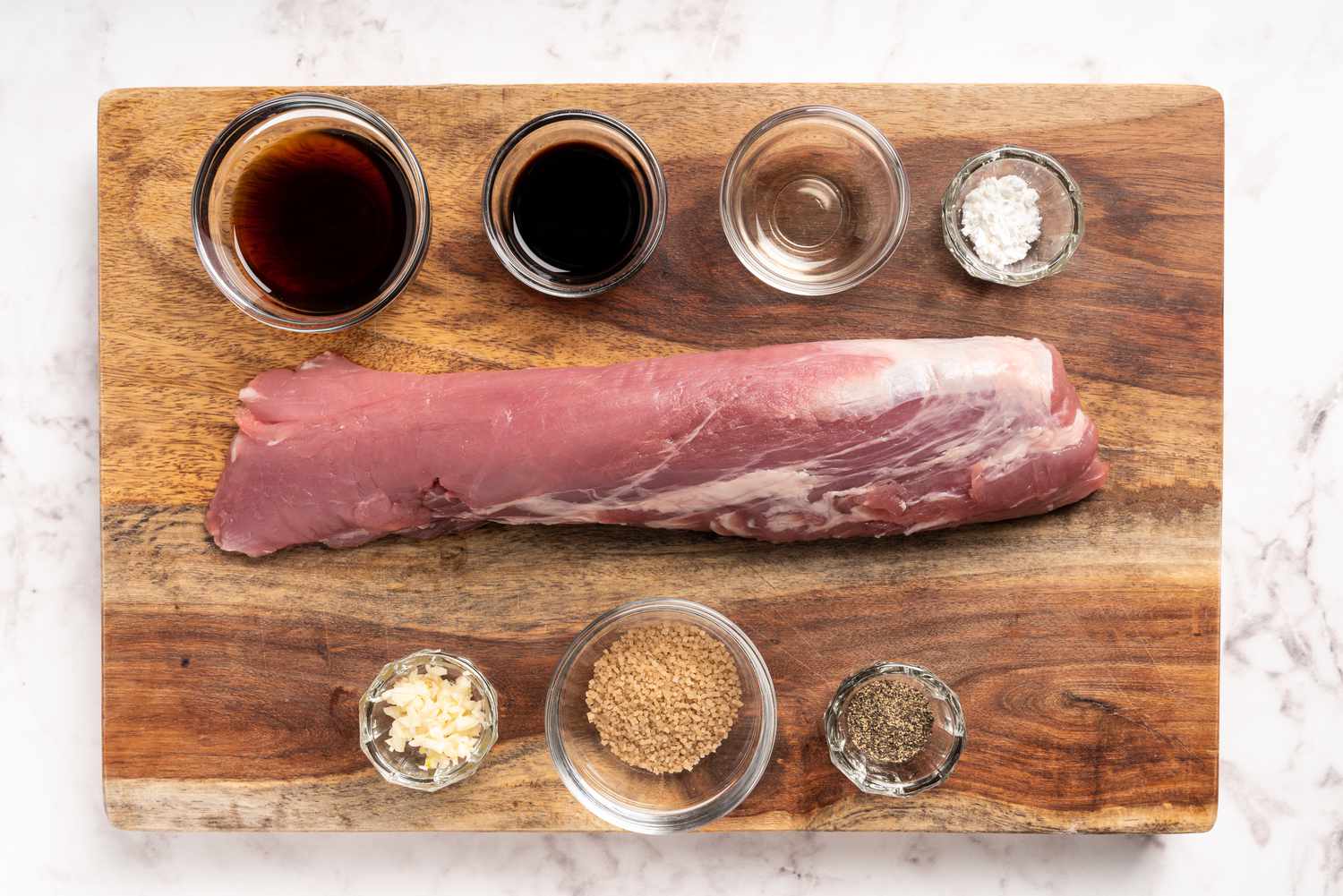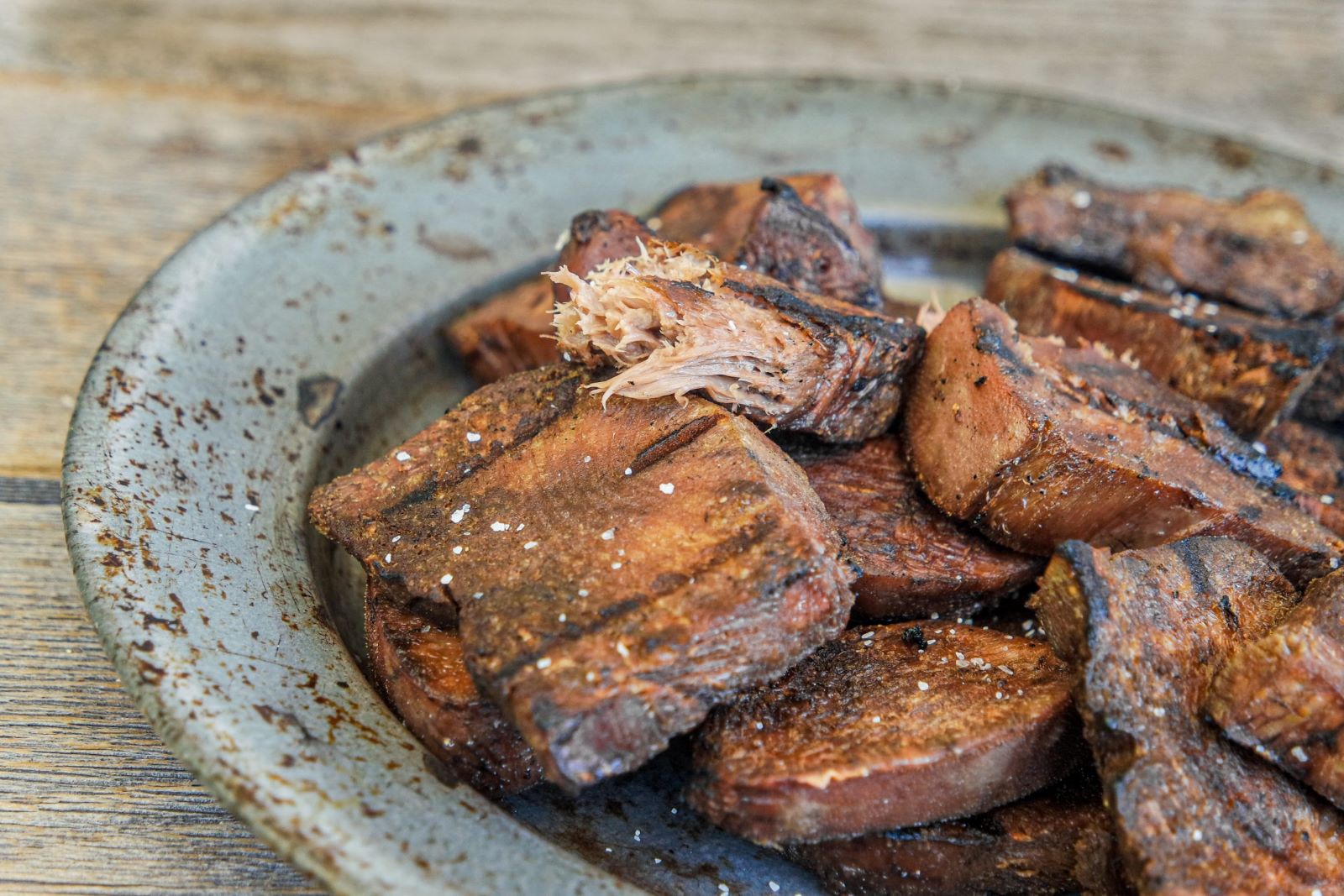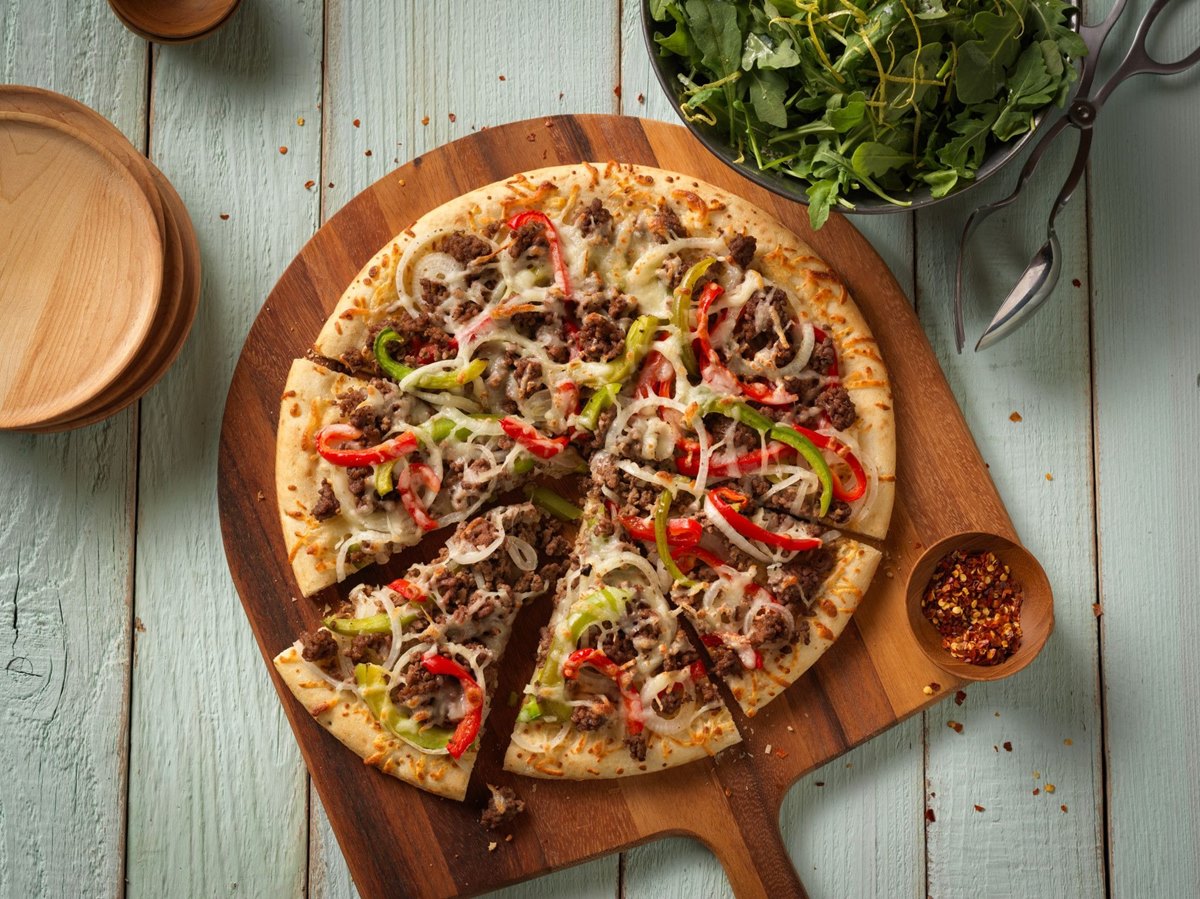How To Boil A Chicken Carcass
Boiling a chicken carcass is a simple and economical way to extract all the delicious flavors and nutrients from the bones. Whether you want to make a nourishing chicken broth or use the boiled carcass as a base for soups and stews, this step-by-step guide will help you achieve a flavorful result.
Ingredients:
- 1 chicken carcass
- Water
- Seasonings of your choice (optional)
Instructions:
- Clean the carcass: Make sure to remove any excess meat or skin from the chicken carcass. This will help prevent a greasy broth.
- Break the carcass: Use a sharp knife or kitchen shears to break the chicken carcass into smaller pieces. This will expose more surface area and allow for better flavor extraction.
- Place carcass in a stockpot: Place the chicken carcass into a large stockpot. Choose a pot that is big enough to hold the carcass and still have room for water.
- Add water: Fill the stockpot with enough water to cover the carcass completely. Leave some space at the top to prevent overflow while boiling.
- Season (optional): You can add seasonings such as salt, pepper, herbs, or vegetables to enhance the flavor of the broth. This step is optional but can add depth to the final result.
- Bring to a boil: Place the stockpot on the stovetop over high heat. Bring the water to a boil.
- Reduce heat and simmer: Once the water is boiling, reduce the heat to low and let the carcass simmer gently. Skim off any foam or impurities that rise to the surface.
- Cooking time: Allow the carcass to simmer for at least 2-3 hours, or even longer if you have the time. The longer you boil, the more flavor you will extract.
- Strain the broth: Once the broth has finished cooking, use a fine-mesh strainer or cheesecloth to strain the liquid. Discard any solids.
- Cool and store: Allow the broth to cool completely before transferring it into airtight containers. Refrigerate for up to 3 days or freeze for longer storage.
Voila! Now you have a homemade chicken broth ready to use in your favorite recipes. This flavorful liquid can be used as a base for soups, sauces, or even enjoyed on its own as a warming and comforting drink.
Remember, boiling a chicken carcass is not only a delicious way to make the most of every part of the chicken, but it is also an excellent way to reduce food waste and save money. So next time you have a leftover chicken carcass, don’t throw it away, make a flavorful broth instead!
Using the guide on how to boil a chicken carcass, readers can create flavorful bases perfect for a variety of soups. They might start with a Classic Chicken Noodle Soup Recipe, which balances simplicity and comfort. For those seeking something richer, the Creamy Chicken and Rice Soup Recipe offers a creamy texture that's hard to resist. Fans of Mexican flavors will enjoy the Chicken Tortilla Soup Recipe, which adds a zesty kick to the mix. Vegetarians and health-conscious cooks can try the Hearty Chicken Vegetable Soup Recipe, packed with nutrients. Additionally, the Chicken and Dumplings Recipe brings a Southern twist with its fluffy dumplings. The Chicken and Wild Rice Soup Recipe is another hearty option, perfect for colder days. And for a touch of international flair, the Homemade Chicken Pho Recipe provides a savory, aromatic experience.
Was this page helpful?
Read Next: How To Boil Water In Instant Pot
